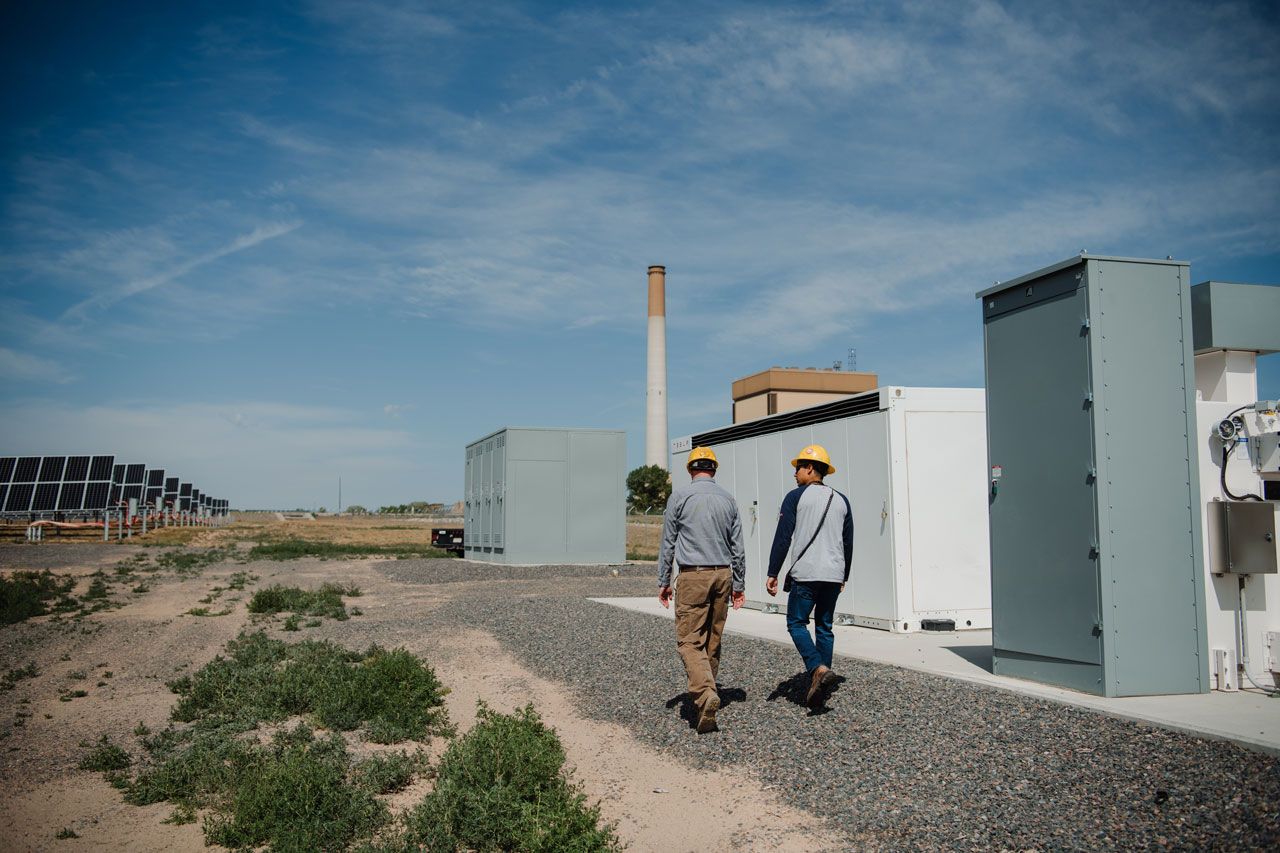Niobrara oil production to increase in February
Natural-gas production, meanwhile, will fall 33,000 cubic feet to 4.293 million cubic feet per day in February from 4.326 million cubic feet per day in January.
The information comes from a report released by the U.S. Energy Information Administration on Monday. The federal agency releases the report each month, with its first report issued in October.
SPONSORED CONTENT
How dispatchable resources enable the clean energy transition
Platte River must prepare for the retirement of 431 megawatts (MW) of dispatchable, coal-fired generation by the end of the decade and address more frequent extreme weather events that can bring dark calms (periods when there is no sun or wind).
Drilling in the lucrative Niobrara shale formation has fed an ongoing oil and gas boom in Weld County. Production growth in the Niobrara, also residing in Wyoming, and other shale formations in the U.S. comes from advances in hydraulic fracturing and horizontal drilling.
The report covers six regions, including the Eagle Ford, Permian, Haynesville, Marcellus and Bakken shale formations. Those areas accounted for 90 percent of domestic oil production growth and almost all domestic gas production growth, according to the Energy Information Administration.
The report uses rig counts, drilling efficiency and the productivity of new wells, and production and depletion trends for previously producing wells to forecast production.
Rising crude oil production has contributed to relatively stable global crude oil prices in 2013, at similar average levels of the previous two years. West Texas Intermediate (WTI) spot prices averaged $98 per barrel in 2013, up 4 percent from 2012.
Natural-gas production, meanwhile, will fall 33,000 cubic feet to 4.293 million cubic feet per day in February from 4.326 million cubic feet per day in January.
The information comes from a report released by the U.S. Energy Information Administration on Monday. The federal agency releases the report each month, with its first report issued in October.
Drilling in the lucrative Niobrara shale formation has fed an ongoing…
THIS ARTICLE IS FOR SUBSCRIBERS ONLY
Continue reading for less than $3 per week!
Get a month of award-winning local business news, trends and insights
Access award-winning content today!

